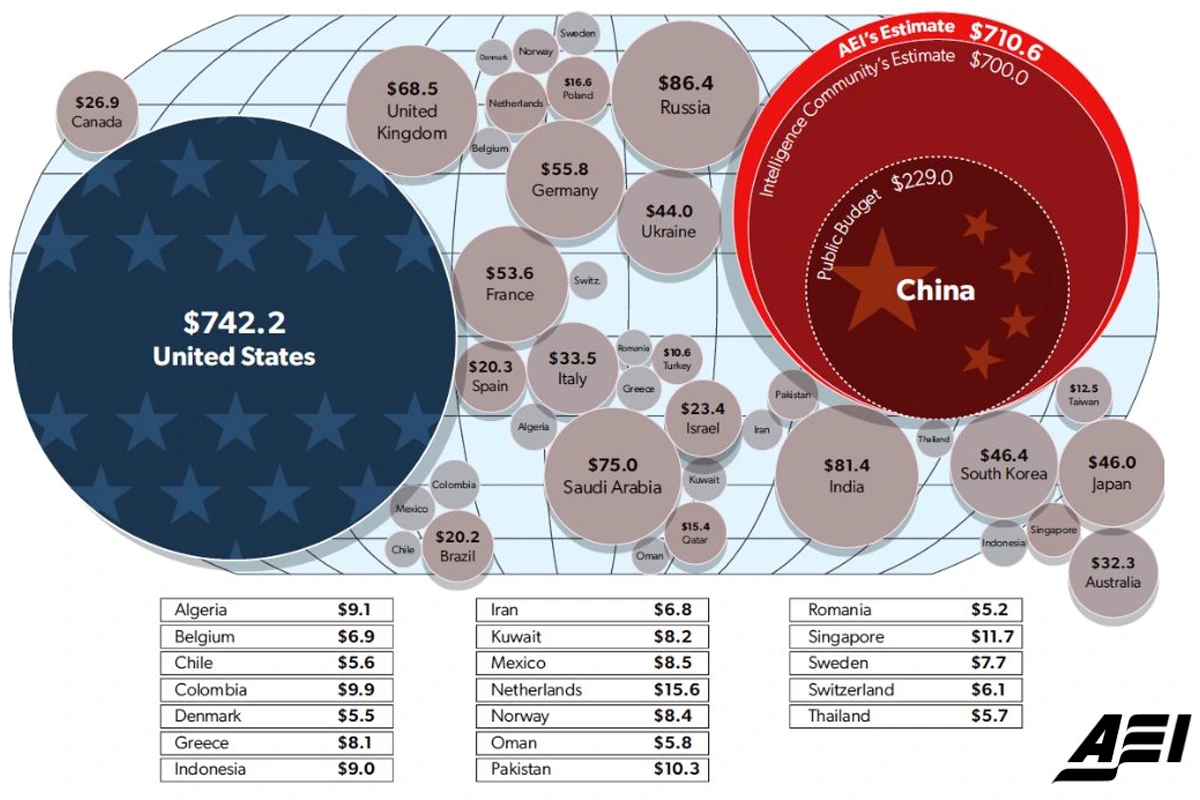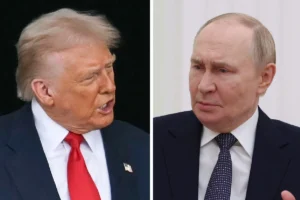This situation is quite confussing. The American Enterprise Institute (AEI), arguably the most hawkish Think Tank in the US, inadvertently undermined themselves with this revelation. If their adjustments for China’s defense spending are accurate, it implies similar adjustments should be made to China’s overall GDP. When recalculated, China’s GDP stands at $54 trillion, more than double that of the US. This essentially has the AEI comically acknowledging that the US has unequivocally lost the race for supremacy: bridging such an economic gap seems insurmountable.
How so? Their methodology essentially entails adjusting China’s nominal defense spending to Purchasing Power Parity (PPP), then factoring in the salary differential between Chinese and American workers. However, this approach is flawed because the salary differential is already accounted for in the PPP adjustment. Nevertheless, if that’s their stance, then so be it.
These adjustments should also apply to China’s overall GDP. China’s significant salary gap with the US necessitates applying the same multiplier used for defense spending to GDP, resulting in a $54 trillion GDP figure.
So, we owe a nod of acknowledgment to the AEI for unveiling a new global order where China reigns supreme in wealth and power.
All jokes aside, they are correct in asserting that China’s defense spending and GDP should be adjusted for PPP to enable accurate comparisons with the US. Consequently, China’s defense spending is higher than its nominal value, standing at approximately $352 billion, about half that of the US. Furthermore, China’s current GDP is estimated at $35 trillion, approximately 25% higher than that of the US. This revelation is quite telling: China’s GDP surpasses that of the US by 25% while maintaining only half of the defense spending.












